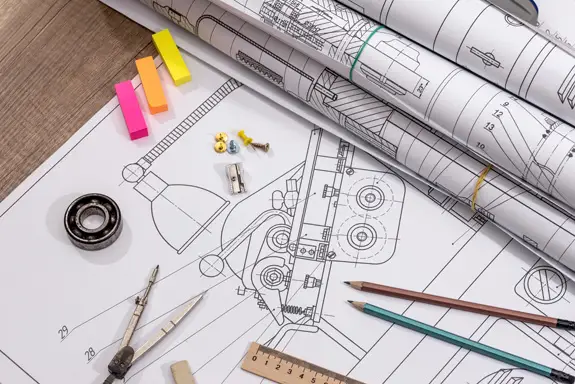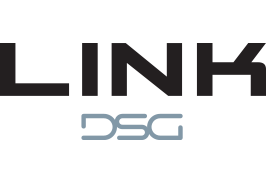For years, there have been certain individuals pushing the envelope by printing technical drawings in color. Most of these individuals did this printing in secret, after hours or over weekends when no one was not around because color printing was too expensive and too slow. Wide format color from your inkjet printer was used only for design meetings and client presentations.
It is interesting that management realized the benefit of color – using it in design and presentations but because of the slow print speeds and higher cost of operation, printing technical drawings in color was discouraged.
Moving forward, we are now at a time when there are numerous wide format technical color printers on the market at every price point and budget. Now, all drawings from architectural to engineering, construction, manufacturing and so on can be printed in informative color.
Studies from manufacturers including Oce and HP along with independent research firms such as Lyra have shown over and over again that a color print conveys more information to the viewer than does a black and white print. Further, color prints improve retention and reduces mistakes. The use of color in these technical drawings could be tremendous if color was used. So why isn’t everyone on the color print band wagon?
One of the key reasons why the market has not fully embraced transitioning to color print is because standards for the use of color has not been established let alone agreed upon by the governing boards of these various disciplines. Thus, there is no consistency that says a red color line means this, and a blue line means that. And what about text and dimensions? What will the standards be?
Color in technical drawing is here to stay because equipment manufacturers that create a technology that moves the market to that end by producing higher productive and lower cost color enabled printers. Today, technical color drawings can be produced as quickly as monochrome prints, and at costs that are nearly equal to monochrome prints. But before color is fully embraced by all, standards by discipline will need to be created.
Unfortunately, it appears that getting an agreement on reaching an agreement in color print standards from the Governing Boards may not happen anytime soon. Since the manufacturing companies are trying to driving the use of color in everyday wide format prints, they should take a more active and publicized roll by working with the Governing Boards to create standards for using color in wide format technical prints.
Thank you for reading this week's Thomas Printworks blog! Contact us today!





